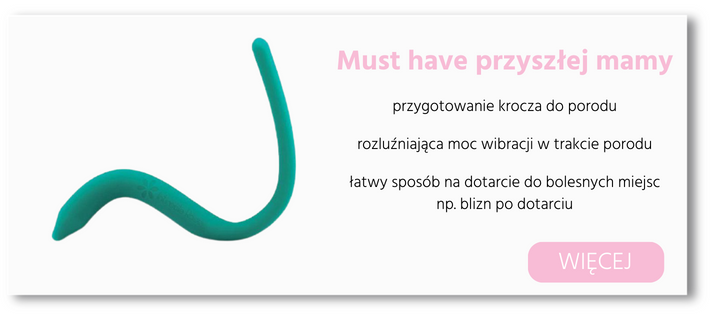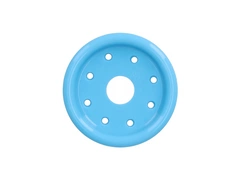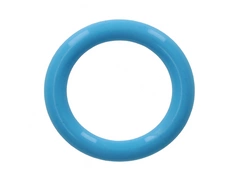Łatwy zwrot towaru
Ten towar jest dostępny w naszych sklepach
Pessar talerzowy perforowany Dr. Arabin
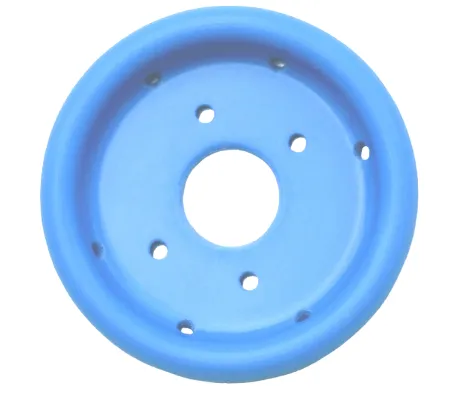
Pessar talerzowy perforowany dr. Arabin - do czego służy?
Pessar talerzowy perforowany jest stosowany u pacjentek dla niezbyt nasilonych postaci opadania pochwy i macicy oraz/lub wysiłkowego nietrzymania moczu. Wskazanie do stosowania jest ustalane przez leczącego ginekologa, który również kontroluje postępy terapii. Od noszących go kobiet wymaga się, aby miały jeszcze (choć zmniejszoną) zdolność do utrzymania dna miednicy.
Oto lista najczęstszych wskazań:
- Dla niezbyt nasilonych postaci zaburzeń przepony moczowo-płciowej - umieszczenie pessara w pochwie pozwala na podtrzymanie narządów miednicy mniejszej, co zapobiega niekontrolowanemu wyciekowi moczu,
- Niezbyt nasilone obniżenia pochwy / szczytu pochwy - czyli stanu, w którym ściany pochwy ulegają osłabieniu i opadają. Pessar ten umieszczany jest w pochwie w celu podtrzymania ścian pochwy, co pozwala na łagodzenie lub eliminowanie objawów bólu w okolicy miednicy,
- Cystocele - obniżenie pęcherza moczowego,
- Rectocele - obniżenie ściany odbytnicy,
- Silne obniżenie macicy i pochwy z wypadaniem po uprzednim operacyjnym zmniejszeniu wejścia do pochwy.
Poprzez repozycjonowanie opadania i wsparcie cewki moczowej, może również zapobiegać powstawaniu nietrzymania moczu wysiłkowego. Terapia za pomocą pessaru talerzowego ma na celu zmniejszenie dolegliwości związanych z opadaniem, również w połączeniu z dodatkowymi środkami, takimi jak trening mięśni dna miednicy. Jeśli pacjentka oczekuje na operację to pessar talerzowy może być rozwiązaniem na czas "przygotowania".
Dobór rozmiaru pessara oraz wizyty kontrolne:
Pessar talerzowy stosowany przy obniżeniu macicy i pochwy. Pessar podtrzymuje narządy rodne dlatego też dobranie właściwego rozmiaru (odpowiedniego do narządów oraz wejścia do pochwy) jest kluczowe dla terapii.
Lekarz prowadzący dopasowuje pessar podczas pierwszego badania. Powinno się sprawdzić, czy pessar utrzymuje się podczas obciążeń takich jak kaszel, nacisk i ruch, a następnie lekarz powinien ponownie sprawdzić jego pozycję. Pessar jest łatwy do zmiany przez pacjentkę, tj. do usunięcia wieczorem i ponownego wprowadzenia rano. Lekarz może zalecić dodatkowe środki, takie jak wcześniejsza lub równoległa terapia hormonalna. Może to ułatwić wprowadzenie i zmianę pessara oraz w razie potrzeby wspierać odbudowę nabłonka i tkanki. Bardzo często pessar jest smarowany kremem estrogenowym przed wprowadzeniem do pochwy.
Jeśli pacjentka nie może oddać moczu, należy usunąć pessar i wybrać mniejszy rozmiar. Pacjentka powinna być poinstruowana o możliwości obniżenia się pesssara podczas oddawania moczu lub stolca. Pacjentka nie powinna mieć po problemów z oddawaniem moczu po założeniu urządzenia.
Kontrola lekarska wskazana jest co 4 tygodnie od momentu założenia.
Jak zbudowane są pessary talerzowe?
Pessary talerzowe to wyroby medyczne wykonane z elastycznego silikonu medycznego przyjaznego dla ciała. Jest to sprzęt medyczny wielorazowego użytku.
Pessary talerzowe są mierzone według średnicy talerza, dostępne są w rozmiarach od 55 mm do 95 mm średnicy. Należy włożyć pessar o najmniejszym obwodzie, który właściwie się utrzymuje. Perforacja (otwory) umożliwiają odpływ wydzieliny.
Po wstawieniu pessara zaleca się jego użytkowanie przez maksymalnie 3 lata. Jeśli podczas inspekcji pessara pojawią się uszkodzenia, deformacje lub zabarwienia, pessar musi zostać wymieniony na nowy.
Jak zakładać pessary talerzowe?
Pessary talerzowe to wyroby medyczne wykonane z elastycznego silikonu medycznego przyjaznego dla ciała. Jest to sprzęt medyczny wielorazowego użytku.
Pessary talerzowe są mierzone według średnicy talerza, dostępne są w rozmiarach od 55 mm do 95 mm średnicy. Należy włożyć pessar o najmniejszym obwodzie, który właściwie się utrzymuje. Perforacja (otwory) umożliwiają odpływ wydzieliny.
Po wstawieniu pessara zaleca się jego użytkowanie przez maksymalnie 3 lata. Jeśli podczas inspekcji pessara pojawią się uszkodzenia, deformacje lub zabarwienia, pessar musi zostać wymieniony na nowy.
Pacjetnka na wizycie kontrolnej powinna zostać poinstruowana jak założyć pessar. Zakładanie i wyjmowanie pessara talerzowego w stosunku do innych modeli jest stosunkowo proste.
Założenie pessara przez pacjentkę odbywa się na stojąco, z jedną nogą postawioną na krześle, łóżku lub toalecie. Jeśli jest to zbyt trudne, można to zrobić również przy lekkim rozstawieniu nóg na stojąco przy ścianie lub na leżąco. Podczas wprowadzania pacjentka powinna zwrócić uwagę, aby ścisnąć pessar i wprowadzić go do tylnego sklepienia pochwy, a następnie go rozwinąć.
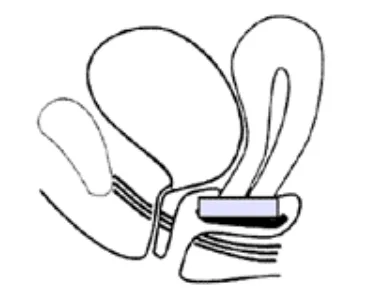
Jak wyjmować pessar talerzowy?
Najlepiej zrobić to na stojącą z jedną nogą postawioną wyżej. Podczas usuwania pacjentka wyciąga pessar, pociągając za niego palcem wskazującym przez centralny otwór.
Pessar należy po każdym wyjęciu wymyć pod bieżącą wodą. Nie stosować środków odkażających oraz dezynfekujących. Należy używać go zgodnie z instrukcją. Przed ponownym założeniem należy pochwę pochwę wypłukać przy pomocy irygatora.
Przeciwwskazania do pessarów talerzowych:
Pessaroterapia jest stosunkowo bezpiecznną terapią dla pacjentek. Stosowanie pessara wymaga jednakże uwagi oraz dbania o higienę intymną oraz samo urządzenie. Poniżej lista przeciwwskazań lub problemów które mogą wystąpić w trakcie użytkowania pessara:
- Opadanie III-IV powinny być leczone pessarami w kształcie kostki lub grzybka,
- Jeśli pacjetnka nie jest w stanie dbać o regularną zmianę i czyszczenie urządzenia,
- Alergia na silikon (występuje bardzo rzadko),
- Nieprzyjemny zapach,
- Infekcje i choroby zapalne pochwy,
- Ból, upławy, krwawienia.
Zawartość opakowania:
- Pessar talerzowy perforowany Dr. Arabin rozmiar 55 mm - 1szt,
- Instrukcja obsługi.
UWAGA: Po rozpakowaniu produktu, nie ma możliwości dokonania zwrotu.






